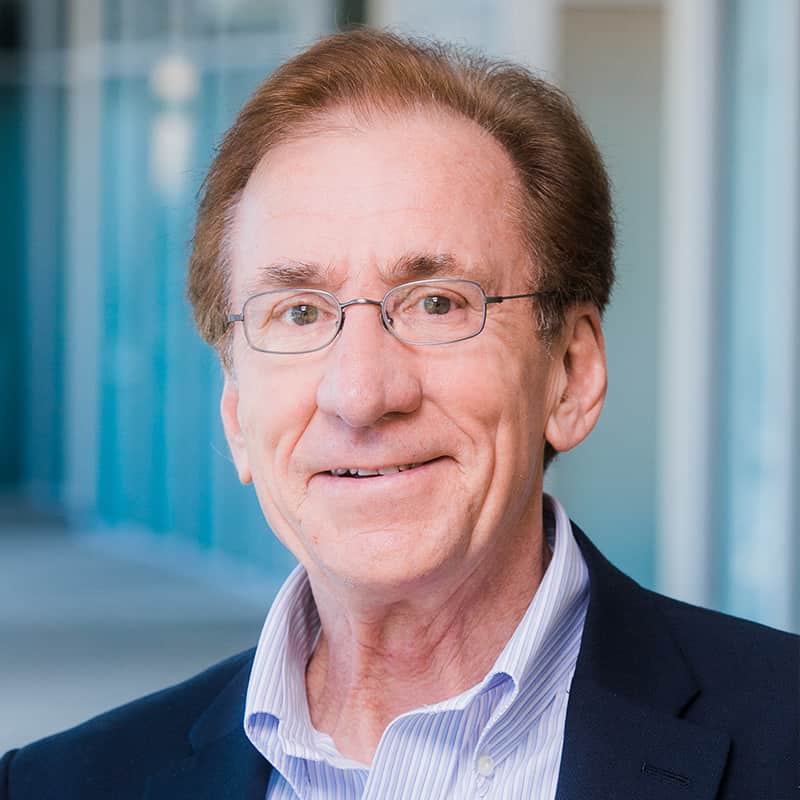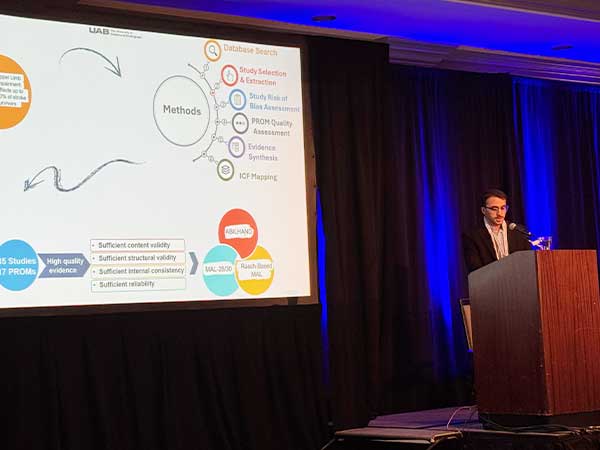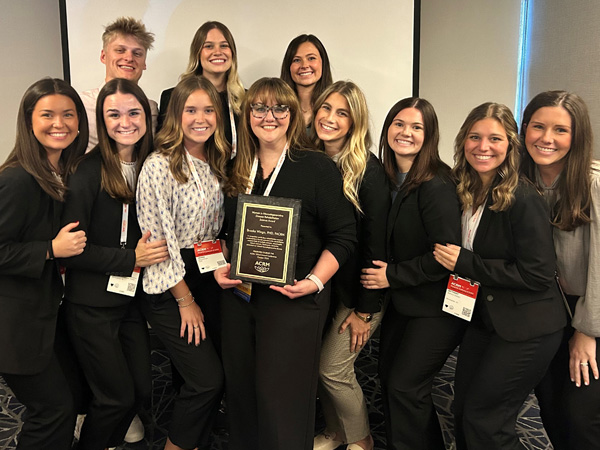Director's Notes

James Rimmer, CEDHARS Director
I’ve been tossing the inclusion science term around the past few years, and I occasionally see a few people scratching their head wondering what this actually means. Personally, I consider it a way for UAB researchers to differentiate themselves. There are several reasons why.
First, the complexity of changing the behaviors of organizations and service providers can take years, if not decades. People with disabilities can’t wait that long for successful research findings to apply to them. And since they weren’t part of the original research, the findings cannot apply to their specific needs and interests.
Second, federal research dollars are limited for conducting large randomized controlled trials in disability, health and rehabilitation research, and targeting small subgroups has its challenges in terms of recruitment and retention. There are few areas in disability health or rehabilitation science where the sample size and scientific rigor of studies compares favorably with that typically found in large-scale general population studies. Federal agencies must consider the time required to complete randomized controlled trials, or RCTs, and develop alternative funding strategies that adapt rather than reinvent successful evidence-based practices for people with disabilities.
Third, federal agencies are limited in their capacity to supply researchers with resource-intensive, continuous funding to conduct RCTs on small populations over the long term. RCTs often require a high degree of structure and need to be developed and tested in much more controlled settings than exist in most community organizations. Even when a health intervention is found to be successful, sustaining it in real-world settings is an enormous challenge.
Fourth, while specialized programs have enormous value in improving the health of people with disabilities in the short-term (e.g., a robotic device to improve hand/arm function in a person with stroke), for long-term, sustainable health improvements to occur, communities and environments must provide the necessary “built in” supports (e.g., trained staff, accessible information and facilities, appropriate adaptations) that allow people with disabilities opportunities to engage in community health promotion initiatives that are cost effective and based in the “real world.”
A more realistic, and perhaps complementary, approach to traditional science is inclusion science. This begins when two researchers decide they need each other—one with knowledge in a specific area of science and technology (e.g., obesity, hypertension, robotics, precision medicine), and the other a disability health researcher who knows how to systematically adapt the core elements of the intervention for people with disabilities. Conducting interventions on people with disabilities that attempt to alter their health behaviors in isolation from the broader health promotion initiatives going on across the country will continue to provide disappointing results because they operate in separate spheres. An integrated model of primary care and public health approaches is needed to allow people with disabilities to participate in evidence-based health promotion programs in “inclusive” settings with the general community. UAB and particularly CEDHARS affiliates have a great opportunity to own the term inclusion science and begin building partnerships with researchers on campus working towards solutions to society’s plethora of health issues.
Toward that end, the hallmark of inclusion science is collaboration to address a scientific challenge that leverages the strengths and expertise of professionals trained in different fields. Some people call this team science; I prefer inclusion science because it has a stronger connotation for identifying UAB researchers who can round out a research study that includes people with disabilities. This allows health issues to be examined from multiple perspectives, ultimately giving rise to comprehensive and integrative solutions and minimizing duplication of effort and reinventing the wheel.
We must include everyone in science.

